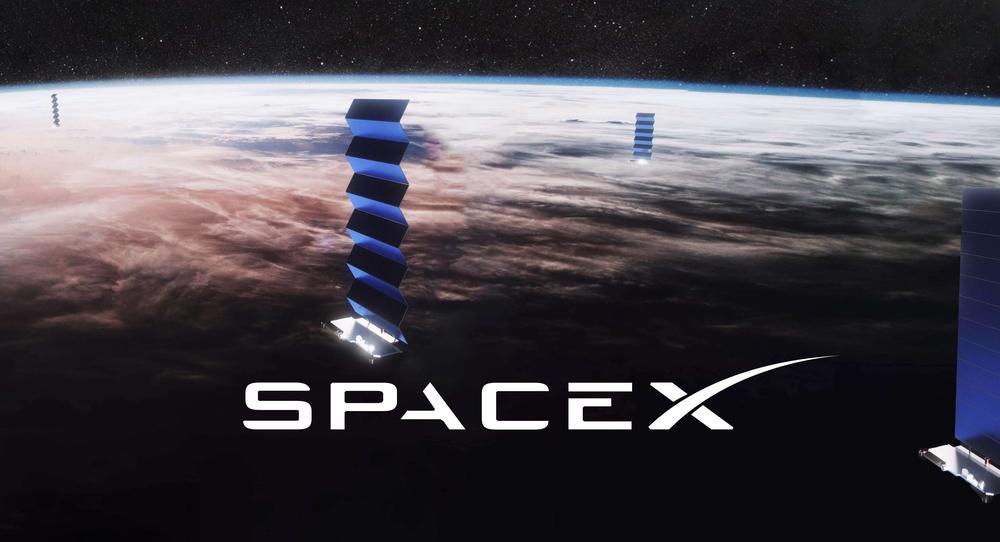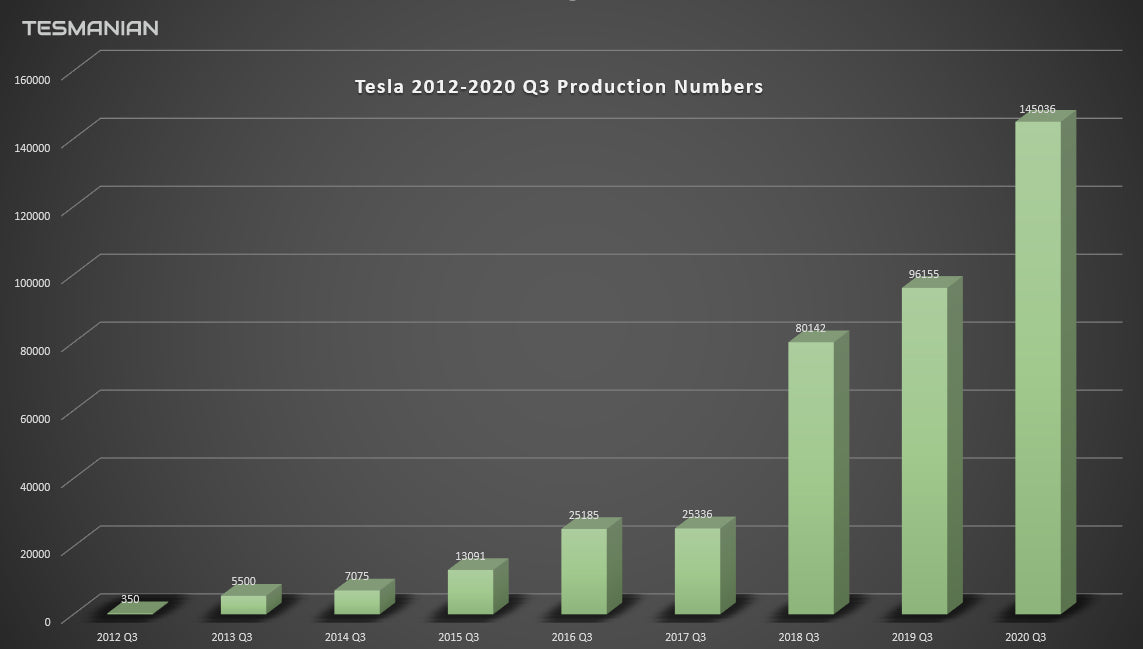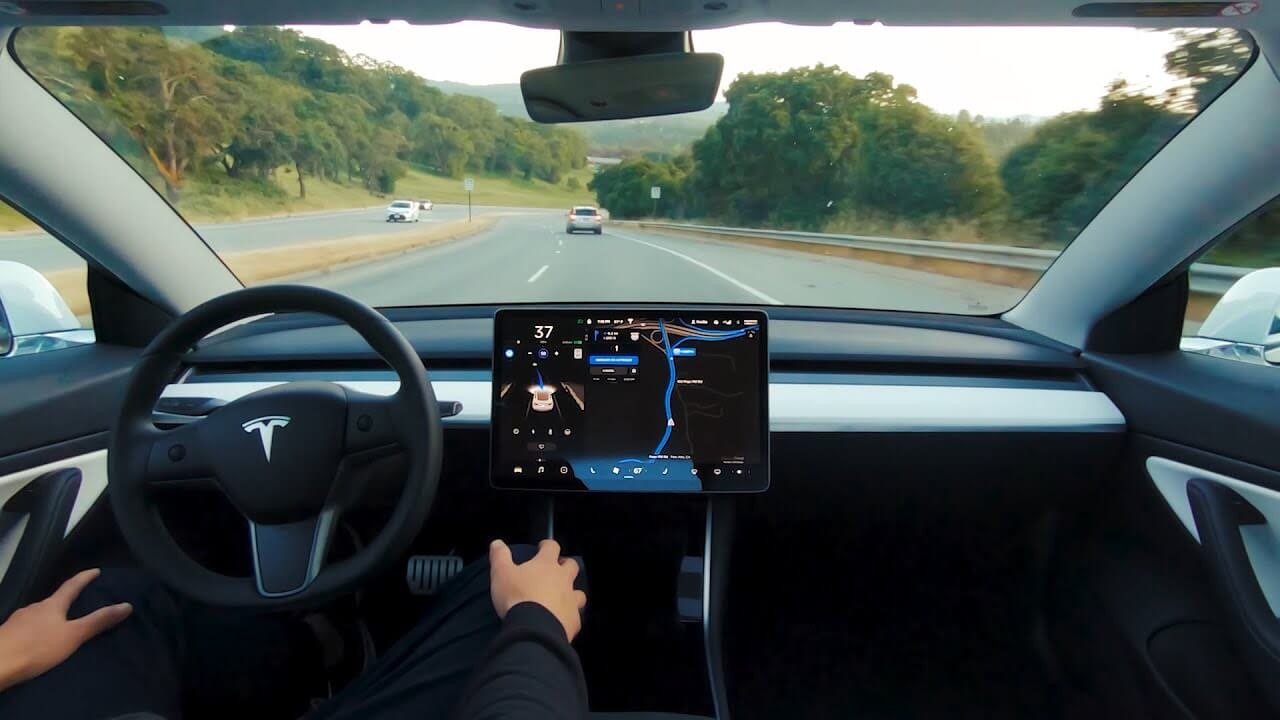Featured Image Source: SpaceX
SpaceX is preparing to offer Starlink satellite broadband internet in northern portions of the United States and southern Canada before this year ends. Starlink is part of the aerospace company's plan to additionally fund its space program by providing internet service to rural areas worldwide.
SpaceX's latest Starlink mission launched the thirteenth fleet of 60 internet-beaming satellites into low Earth orbit. On October 6, a Falcon 9 rocket lifted off from Launch Complex 39A at the Kennedy Space Center in Cape Canaveral, Florida. These satellites will raise into a higher operational orbit of approximately 550-kilometers in the weeks ahead. Starlink satellites are equipped with Krypton-powered ion thrusters to move in space. SpaceX engineers shared these latest launch of satellites feature the ability to move quicker into their final orbits.
To date, SpaceX has launched a total of 775 Starlink satellites, including early prototypes. According to astronomer Jonathan McDowell, who has been following the constellation's location closely, 47 Starlink satellites have been deorbited and reentered Earth's atmosphere. McDowell published a document on his website that states --"SpaceX is retiring the V0.9 constellation of 60 prototype satellites launched in May 2019. As of October 7, 39 of the 60 satellites have reentered," he wrote, "This is a new kind of reentry: it's not a normal impulsive deorbit and not a normal orbital decay, but something in-between. The Starlink satellites are, apparently, retired by continuously lowering their orbit with electric propulsion. Reentry occurs in a way similar to uncontrolled reentry - eventually the satellite is low enough and the ambient density is high enough that the vehicle heats, breaks up and is destroyed."
"The crucial point here is that the location of the breakup on the Earth is unpredictable and uncontrolled, in contrast to an impulsive deorbit where the rapid elliptical-orbit descent from a relatively high apogee means that reentry location is determined
relatively precisely by the orbital parameters," McDowell explains. "These Starlink retirements should perhaps be termed `propulsion-assisted orbital decay'- they are more like normal uncontrolled orbital decay but speeded up by the thrusters," he wrote in his Space Report No.784 that he shared via Twitter.
Jonathan's Space Report No. 784 published at https://t.co/6gKV8Gl53V with the past month's orbital activities.
— Jonathan McDowell (@planet4589) October 7, 2020
SpaceX designed Starlink satellites to have a shorter duration life-span to ensure they do not cause space junk around Earth. "Starlink is on the leading edge of on-orbit debris mitigation, meeting or exceeding all regulatory and industry standards," the company states, "At end of life, the satellites will utilize their on-board propulsion system to deorbit over the course of a few months. In the unlikely event the propulsion system becomes inoperable, the satellites will burn up in Earth’s atmosphere within 1-5 years, significantly less than the hundreds or thousands of years required at higher altitudes." By intentionally deorbiting Starlink satellites, each burn up in Earth's harsh atmosphere which helps keep space clean of objects that will not be utilized. McDowell says a total of 728 Starlink satellites remain in orbit.
SpaceX plans to initially deploy 4,409 satellites to offer internet worldwide. Primarily focused in areas around Earth where internet connection is unreliable and completely unavailable.








